The selection of the appropriate butterfly valve is a critical factor in achieving efficient flow control across various industries, including water treatment, oil and gas, and chemical processing. According to a recent report by MarketsandMarkets, the global butterfly valve market is projected to reach USD 6.2 billion by 2025, growing at a CAGR of 6.29% from 2020 to 2025. This growth reflects the increasing demand for reliable and effective flow control solutions. Butterfly valves are favored for their lightweight design, space-saving characteristics, and ability to handle large volumes of flow with minimal pressure loss. However, with numerous options available, selecting the right butterfly valve requires a thorough understanding of the specific operational demands, media types, and environmental conditions. This article aims to guide you through the essential considerations for choosing the right butterfly valve, ensuring optimal performance and efficiency in your operations.
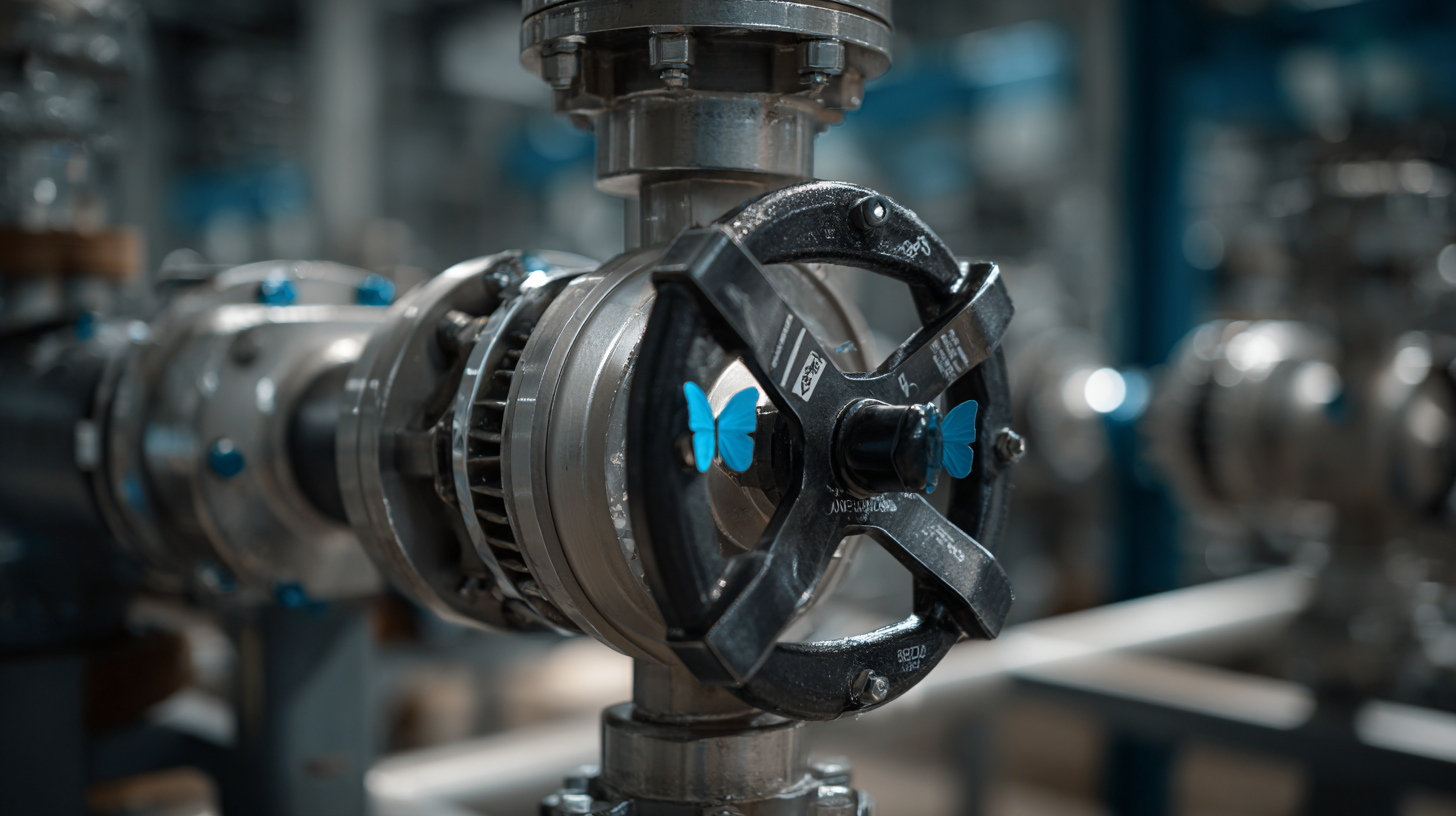
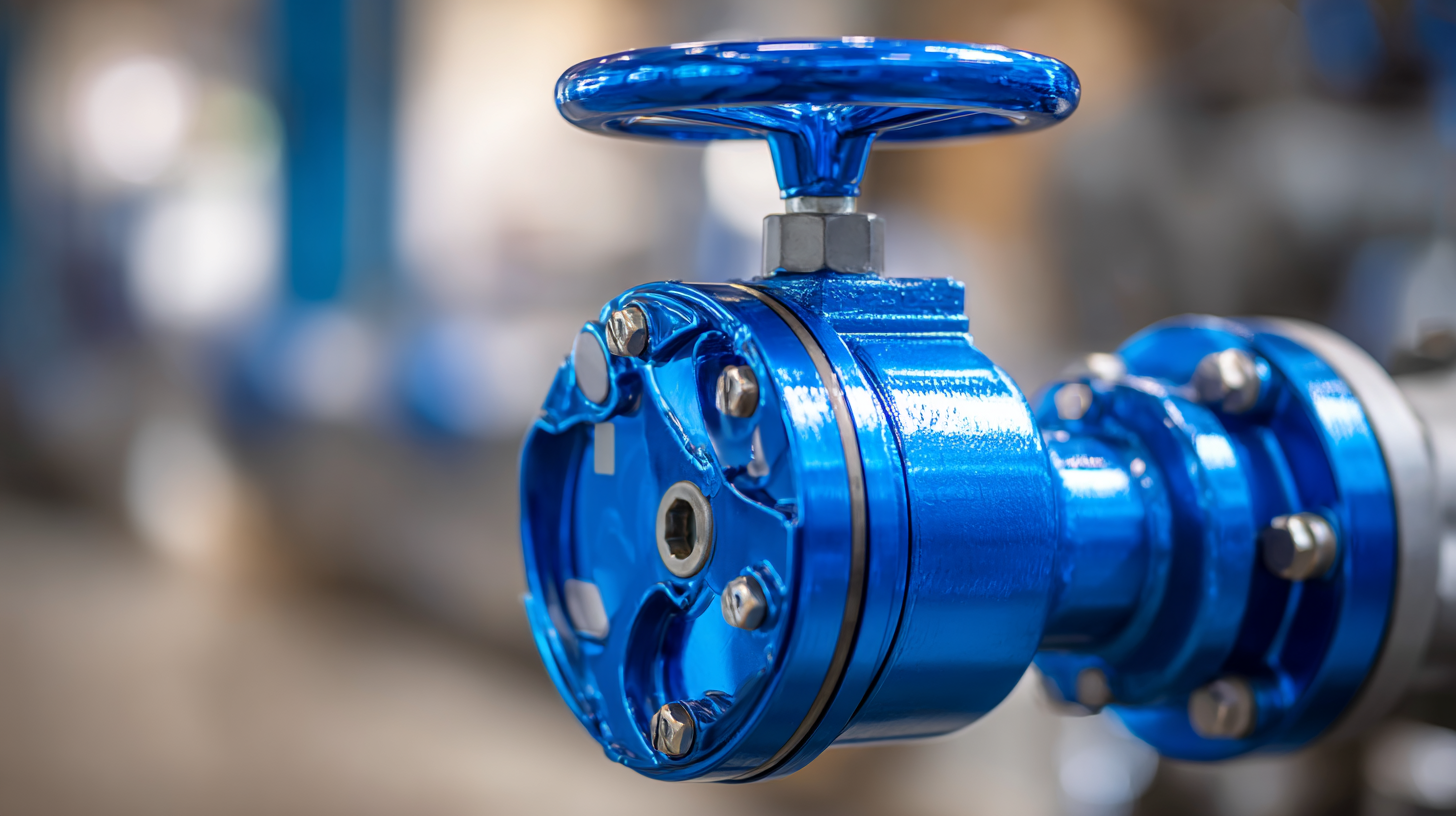 Butterfly valves are essential components in many industrial systems, facilitating efficient flow control through their unique design and operation. Understanding their functionality can significantly enhance system performance. The basic principle behind a butterfly valve is a rotating disc that regulates flow when it opens or closes, providing a quick response and relatively low pressure drop compared to other valve types. This makes butterfly valves ideal for applications requiring frequent cycling or throttling.
Butterfly valves are essential components in many industrial systems, facilitating efficient flow control through their unique design and operation. Understanding their functionality can significantly enhance system performance. The basic principle behind a butterfly valve is a rotating disc that regulates flow when it opens or closes, providing a quick response and relatively low pressure drop compared to other valve types. This makes butterfly valves ideal for applications requiring frequent cycling or throttling.
When selecting a butterfly valve, consider factors such as the medium being controlled, pressure, and temperature levels. Additionally, it is crucial to examine the valve’s material compatibility to prevent corrosion or degradation over time.
Tips: Always review the manufacturer’s specifications and guidelines to ensure the valve suits your application. Performing regular maintenance can also extend the lifespan of the valve and enhance its operational effectiveness. Lastly, consult with a valve specialist if you’re unsure about sizing or installation, as this can prevent costly errors in the long run.
When selecting a butterfly valve for efficient flow control in various industrial applications, several key factors must be considered to ensure optimal performance. One primary consideration is the size and type of the valve, as it directly influences flow rates and pressure drops. According to a report by MarketsandMarkets, the global butterfly valve market is expected to reach $10.8 billion by 2026, indicating a growing reliance on these valves due to their effectiveness in severe service conditions. Selecting the right valve size is crucial; an oversized valve can lead to turbulence and energy loss, while an undersized valve may restrict flow and cause system inefficiencies.
Another important factor is the material of the valve. Butterfly valves can be made from various materials like stainless steel, cast iron, and plastic, each suited for different fluid types and operating environments. A report from Research and Markets notes that the material choice affects not only durability but also cost-effectiveness, as the life span of a valve can significantly impact long-term operational expenses. Additionally, understanding the fluid's characteristics, such as temperature and viscosity, is vital for selecting a valve that maintains integrity and efficiency under varying conditions. Overall, careful consideration of these factors fosters better flow control and system reliability across industries.
| Dimension | Material | Size Range (Inches) | Pressure Rating (PSI) | Temperature Range (°F) | End Connection Type |
|---|---|---|---|---|---|
| Wafer | Cast Iron | 2 - 24 | 150 | -20 to 200 | Flanged |
| Lug | Stainless Steel | 2 - 30 | 300 | -50 to 400 | Socket Weld |
| Butterfly | Plastic | 1 - 12 | 75 | -10 to 140 | Threaded |
When selecting a butterfly valve for industrial applications, understanding the different types and their specific uses is essential. There are primarily two types of butterfly valves: concentric and eccentric. Concentric butterfly valves are ideal for throttling applications and provide a simple design, making them cost-effective and suitable for water and low-pressure applications. In contrast, eccentric butterfly valves, which come in two subtypes—semi-eccentric and double-eccentric—are designed for high-pressure systems and offer better sealing capabilities, making them ideal for applications involving gases or slurries.

In various industries, the choice of butterfly valve can greatly affect efficiency and performance. For instance, in the chemical industry, metal-seated, eccentric butterfly valves are often preferred due to their durability and resistance to wear. In wastewater management, rubber-seated concentric valves are typically used for their ability to handle varying flow conditions without leaking. Additionally, industries such as HVAC benefit from the precision control offered by butterfly valves, where balancing airflow is critical. Selecting the right type entails understanding the specific requirements of your application, ensuring optimal flow control and system reliability.
When selecting a butterfly valve, material compatibility plays a crucial role in ensuring optimal performance and longevity within various industrial environments. The choice of materials in valve construction directly affects its ability to withstand conditions such as temperature fluctuations, corrosive substances, and pressure variations. For instance, stainless steel butterfly valves are preferred in industries dealing with corrosive chemicals, while PVC options are suitable for less aggressive fluids.
Moreover, understanding the working environment is essential in making the right choice. For high-temperature applications, valves made from specialized alloys or high-performance plastics may be necessary to prevent deformation or failure. Additionally, if the valve is used for slurries or abrasive materials, it's important to select a valve with the proper lining or coating to reduce wear and ensure a tight seal. By thoroughly evaluating the specific conditions in which the valve will operate, businesses can avoid costly failures and maximize the efficiency of their flow control systems.
When it comes to the performance and longevity of butterfly valves, regular maintenance is critical. According to a report by the Valve Manufacturers Association, improper maintenance can lead to a decrease in valve efficiency by up to 30%. To avoid this, it is essential to follow best practices for the upkeep of these vital components.
**Tips for Maintenance**: First, always inspect the valve seals and seating surfaces to ensure they are free from wear and damage. A simple visual inspection can reveal potential issues that might hinder performance. Second, it is advisable to lubricate the valve’s stem and other moving parts every six months to prevent corrosion and enhance functionality. Lastly, conducting routine testing for leaks and flow rates can help identify inefficiencies early, allowing for timely repairs.
Incorporating these maintenance tips can significantly boost the performance of your butterfly valves, ensuring they operate efficiently within your industry. Additionally, adhering to the maintenance schedule outlined by the manufacturers can prolong the lifespan of the valves, keeping operational costs down and productivity high.

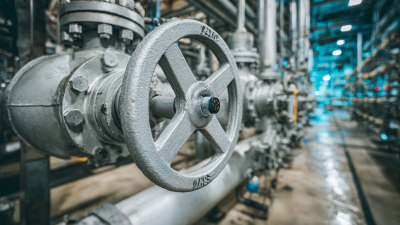
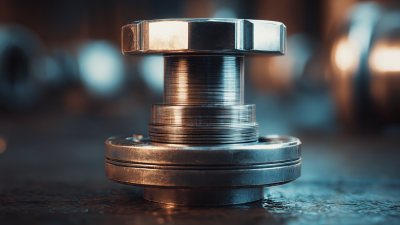

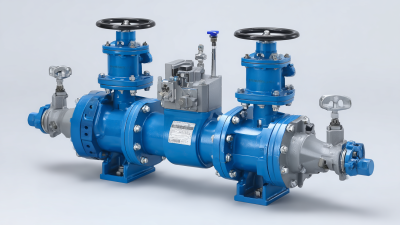
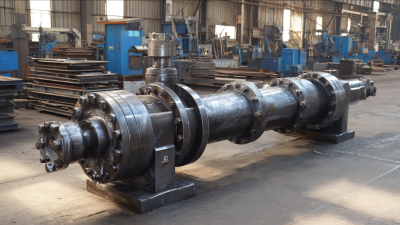



Same Day Shipping
ISO Certified Production